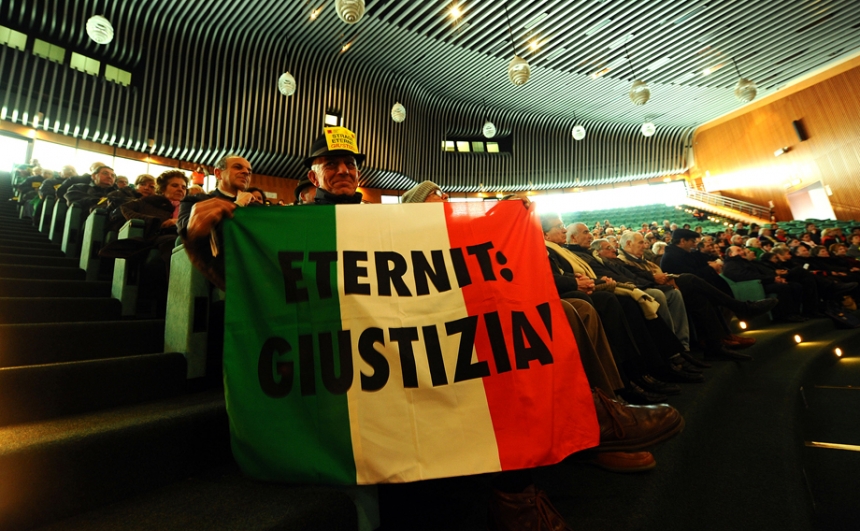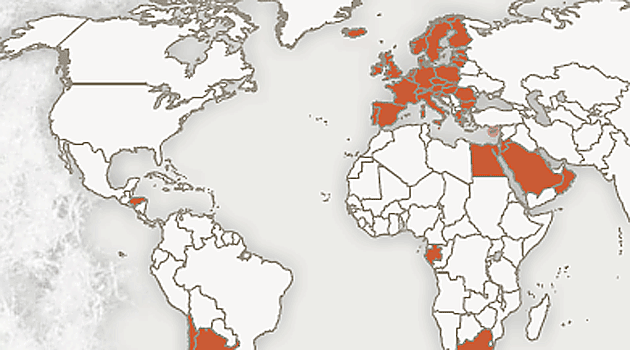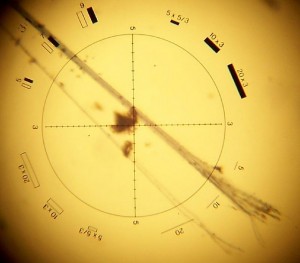In a case followed around the world, two former executives of a Swiss building-products conglomerate were convicted in Italy Monday of causing the asbestos-related deaths of more than 3,000 people.
Each defendant — Swiss billionaire Stephan Schmidheiny, former owner of the Eternit conglomerate, and Belgian baron Louis de Cartier de Marchienne, a major shareholder in the firm — was sentenced to 16 years in prison on a charge of involuntary manslaughter.
Schmidheiny, 64, and de Cartier, 90, were accused of exposing workers at four Italian asbestos cement factories — as well as people who lived near the plants — to asbestos fibers, which can cause deadly diseases such as mesothelioma, a virulent cancer that attacks the lining of the lung or abdominal cavity.
In 2010, the International Consortium of Investigative Journalists and the BBC jointly produced an investigation into the global asbestos trade, “Dangers in the Dust”, which revealed the tactics used by makers of asbestos building materials to market their products in developing nations despite overwhelming evidence of the fire-resistant mineral’s lethality.
Several activists said that Monday’s verdict in Turin, Italy, which came after a two-year trial before a three-judge panel, could send a powerful message to corporate officials who fail to control toxic exposures. The World Health Organization estimates that 125 million people are exposed to asbestos on the job and more than 100,000 die each year of mesothelioma, lung cancer or asbestosis.
“I hope that this lesson resounds around the world — corporations cannot knowingly continue to poison workers and communities with such reckless disregard for human life and call it routine business,” Jennifer Sass, a senior scientist with the Natural Resources Defense Council in Washington, said in an emailed statement to the Center. “If a worker were to shoot his boss we would call it murder, but when the boss kills the worker with poison slowly over the years we call it a job.”
Linda Reinstein, president and CEO of the Asbestos Disease Awareness Organization, a victims’ advocacy group in California, said in a statement, “The Eternit case sent a signal around the world today. It is criminal to knowingly and willfully expose workers and families to asbestos, a known carcinogen.”
The United States has not banned asbestos and imported nearly 1,000 metric tons of the mineral in 2011, wrote Reinstein, whose husband, Alan, died of mesothelioma in 2006.
In a press release, a spokesman for Schmidheiny called the verdict “totally incomprehensible” and said that Schmidheiny’s lawyers plan to appeal. Eternit made “substantial investments” in worker safety and modernization of the Italian plants in the 1970s and ‘80s, according to the release. “The technology for these safety measures was in accordance with the medical and scientific knowledge and the highest possible standards applied in the industry at the time.”
Schmidheiny has become well known for his charitable giving. A 2009 Forbes article dubbed him “the Bill Gates of Switzerland” and “one of the world’s least known and most foresighted philanthropists” for his creation of a $1 billion trust designed to fuel entrepreneurship among the poor in Latin America.
The Italian arm of Eternit went bankrupt in 1986. Italy banned asbestos six years later.
Yet the company left a dark legacy.
A town in northern Italy, Casale Monferrato, was especially hard hit by asbestos contamination from one of the Eternit factories. “The deaths of our beloved were not from natural causes but by the greed of some people,” a widow from the town, Assunta Prato, said in a press release Monday. “We hope the judgment will deter the people who say the same lies now in other countries that were said in Casale 30 years ago.”
In Brazil, Eternit operated an asbestos cement factory near Sao Paulo for 54 years; former workers say conditions in the plant were deplorable and many died as a result.
“It was full of dust everywhere,” Eliezer João de Souza, who cut asbestos sheets and corrugated tiles, told ICIJ in 2010. “You could see it through the sunlight.”



